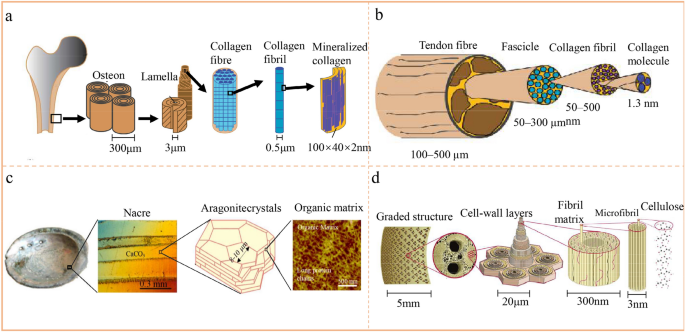Journal of Bionic Engineering (2024) 21:56–73https://doi.org/10.1007/s42235-023-00430-1
Mechanical Behavior of Bamboo, and Its Biomimetic Composites and Structural Members: A Systematic Review
Shanyu Han1,2 · Yuyuan He1,2 · Hanzhou Ye1,2 · Xueyong Ren3 · Fuming Chen1,2 · Kewei Liu4,5 · Sheldon Q. Shi6 · Ge Wang1,2
1. Institute of Biomaterials for Bamboo and Rattan Resources, International Centre for Bamboo and Rattan, Beijing 100102, China
2. Key Laboratory of National Forestry and Grassland Administration/Beijing for Bamboo & Rattan Science and Technology, Beijing 100102, China
3. National Forestry and Grassland Engineering Technology Center for Wood Resources Recycling, College of Materials Science and Technology, Beijing Forestry University, Beijing 100083, China
4. International Bamboo and Rattan Organization, Beijing 100102, China
5. School of Civil Engineering, Tsinghua University, Beijing 100084, China
6. Mechanical Engineering Department, University of North Texas, Denton, TX 76207 7102, USA
AbstractBamboo is a typical biological material widely growing in nature with excellent physical and mechanical properties. It is lightweight with high strength and toughness. The naturally optimized bamboo structure, which has inspired global material scientists and engineers for decades, is signifcantly important for the bionic design of novel structural materials with ultralight, ultra-strong, or ultra-tough and comprehensive properties. Typical literature on innovative composite materials and structural members inspired by bamboo are reviewed in this paper, and the research progress and prospects in this feld are expounded in three parts. First, the structural characteristics of the bamboo wall layer along the thickness and height directions are described in terms of chemical composition, gradient structure, pore structure, and hollow structure with variable cross-section. Second, this paper summarizes the research progress on new composite materials and structural components by applying bamboo’s structural features from the perspective of sustainability, designability, and customization. Finally, given the limitations of current research, the biomimetic scientifc research on bamboo’s structural characteristics is prospected from the interpretation of bamboo structure, new bamboo-like materials, and structural design optimization perspectives, providing a reference for future research on biomimetic aspects of biomass.
Keywords Bamboo · Structural characteristics · Bamboo-like material · Physical and mechanical properties
Copyright © 2024 International Society of Bionic Engineering All Rights Reserved
吉ICP备11002416号-1










